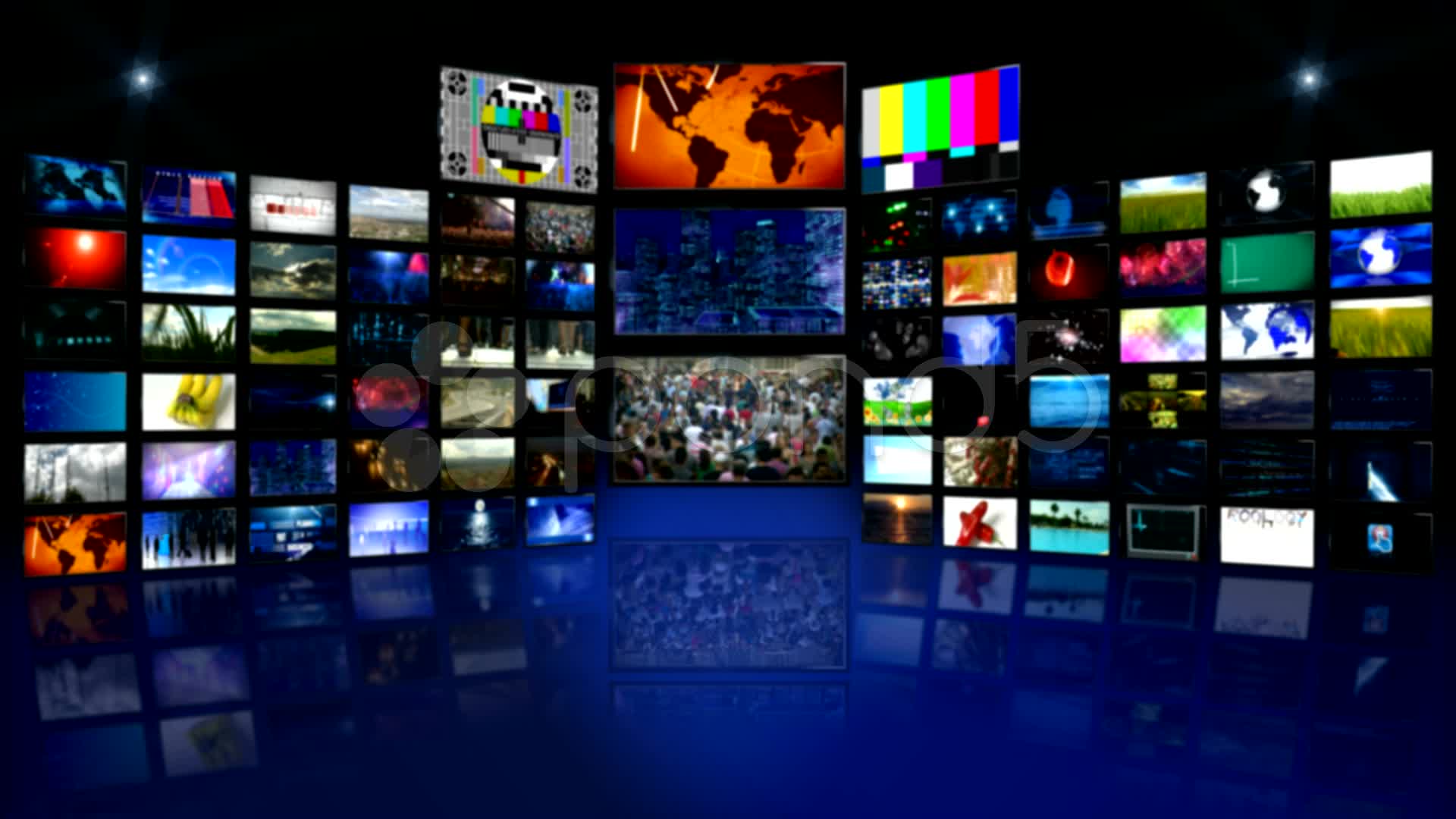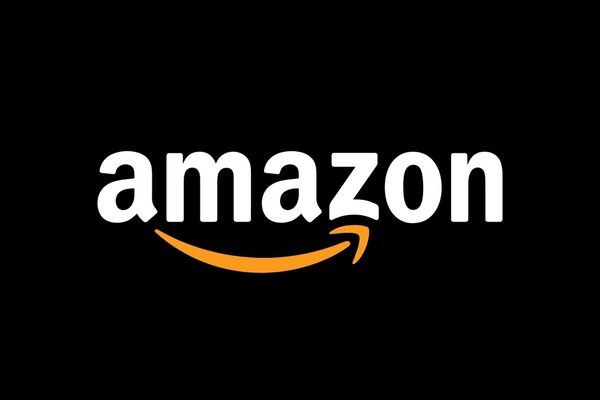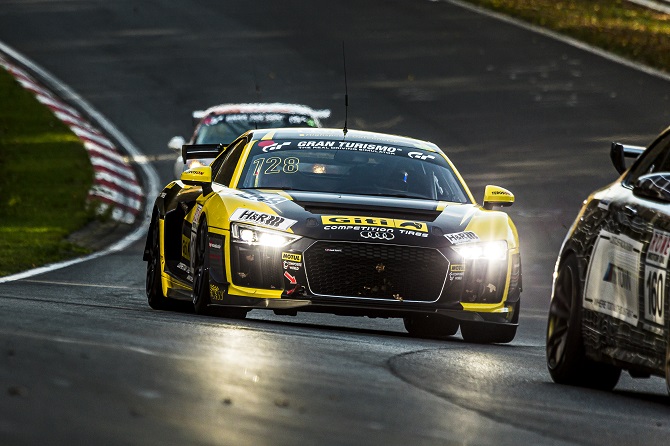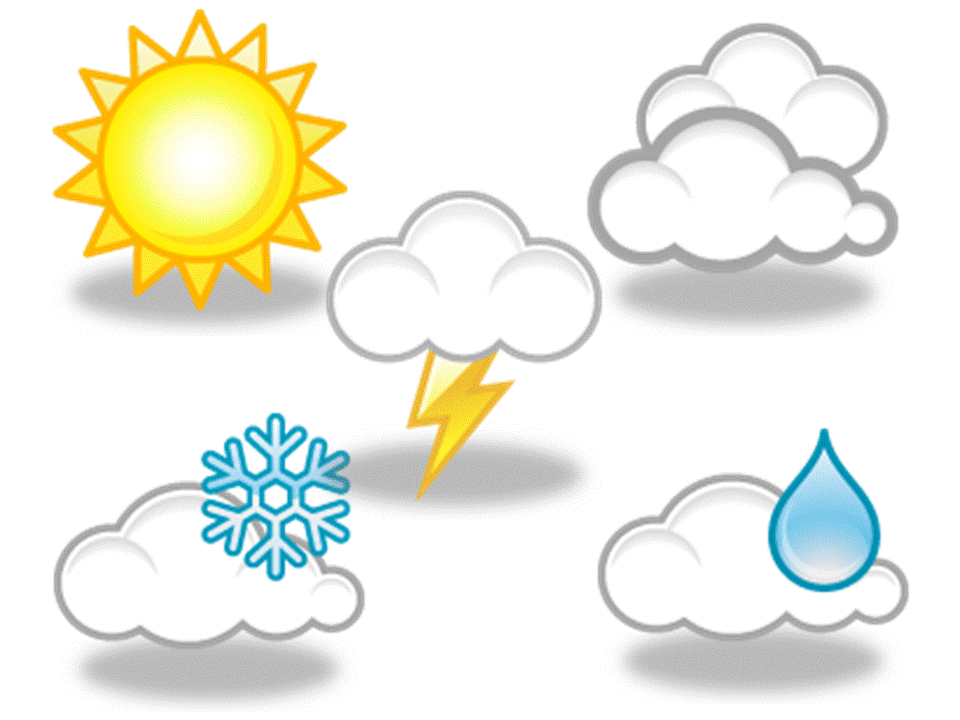Apps can help plan a road trip route in an EV
Key Takeaways
-
Despite a slowdown in EV adoption, millions of Americansmany first-time EV ownerswill hit the road in electric vehicles this summer.
-
Proper planning, including mapping out charging stations and understanding charger compatibility, is essential for a stress-free EV road trip.
-
Mercury Insurance recommends checking your EV's readiness, confirming roadside assistance options, and staying flexible with backup charging plans.
By now, its no secret that automotive companies might have gone too far too fast with electric vehicle production, as consumers have been slow to embrace the technology. Sales have consistently lagged expectations.
Surveys have shown that one of consumers most common hesitations has been range anxiety, the fear of not finding a charging station before the battery runs down.
It cannot be understated that to successfully travel in an EV, you must plan out your trip, Steve Ward, director of Strategic Planning and ERM at Mercury Insurance, said in a press release. Mapping out stops around EV charging stations and taking the time to make sure your car is prepared by carefully checking your vehicle's components will help you avoid potential headaches.
Using apps to plan
But how can you do that if you are heading out on a road trip? Your smartphone may have the answer.
Apps like PlugShare, EVgo, Electrify America, and Teslas own platform have become essential tools for EV travelers. These services not only locate compatible charging stations along a route but also let drivers input their specific EV model to filter out incompatible chargers. Some popular tourist destinations and hotels even offer complimentary charging, another reason to plan ahead.
For those venturing into the great outdoors, such as national parks, many RV parks offer Level 2 chargers. However, its crucial to double-check the campgrounds policy and charging setup in advance to avoid any unwelcome surprises.
Understand your charger and battery needs
Compatibility is king when it comes to EV chargers. While nearly all EVs are expected to gain access to Teslas Supercharger network by the end of 2025, knowing your current vehicles plug type and charging access requirements remains a must.
EV owners should also understand the different levels of chargers:
-
Level 1: Free but very slowup to 24 hours for a full charge.
-
Level 2: Common at public stations and RV parks; delivers 80% charge in 410 hours.
-
Level 3 (DC Fast Charging): Fastest option; 80% charge in 20 minutes to an hour, but comes at a higher cost (still cheaper than gasoline).
To maintain battery health and avoid emergency situations, Mercury advises recharging when the battery hits 20%, leaving room for detours or delays due to full or malfunctioning chargers.
Sign up below for The Daily Consumer, our newsletter on the latest consumer news, including recalls, scams, lawsuits and more.
Posted: 2025-04-11 14:28:38




















